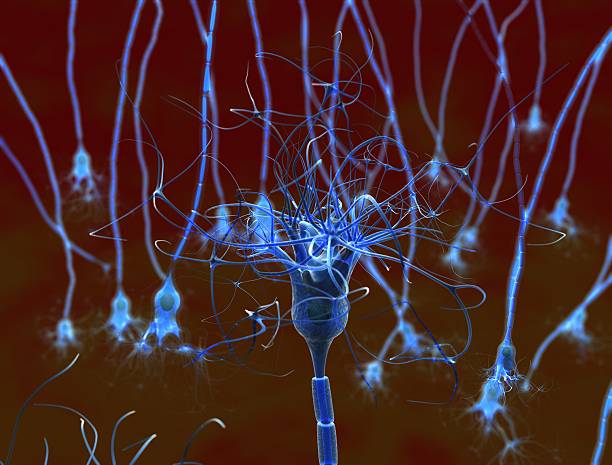Neurobics: The Mental Gymnastics Boosting Brain Health
Imagine exercising your brain like you would your muscles at the gym. What if there were specific mental workouts that could enhance memory, sharpen focus, and even potentially ward off cognitive decline? Enter the world of neurobics, an innovative approach to brain fitness that's capturing the attention of neuroscientists and health enthusiasts alike.

The Genesis of Neurobics
Neurobics, a term coined by neuroscientist Lawrence Katz in the late 1990s, refers to a set of brain exercises designed to stimulate neural pathways and engage the mind in novel ways. Unlike traditional brain training focused on repetitive tasks, neurobics emphasizes the importance of engaging multiple senses and breaking routine patterns to foster neural growth and plasticity.
The concept draws inspiration from neuroplasticity, the brain’s ability to form new neural connections throughout life. Katz theorized that by engaging the brain in unfamiliar and multisensory experiences, we could stimulate the growth of new dendrites and synapses, thereby enhancing overall cognitive function.
The Science Behind Neurobic Exercises
Recent neuroimaging studies have shed light on the potential benefits of neurobic activities. When individuals engage in novel, multisensory tasks, multiple areas of the brain light up simultaneously, indicating increased neural activity and connectivity.
Research published in the Journal of Cognitive Neuroscience suggests that regularly challenging the brain with new experiences can lead to improved cognitive flexibility and problem-solving skills. Moreover, a longitudinal study conducted at the University of California, Berkeley, found that older adults who regularly participated in cognitively stimulating activities had a 63% lower risk of developing dementia compared to those who did not.
Incorporating Neurobics into Daily Life
The beauty of neurobics lies in its simplicity and accessibility. Unlike complex brain training programs, neurobic exercises can be seamlessly integrated into everyday routines. Here are some examples:
- Brush your teeth with your non-dominant hand
- Take a new route to work or the grocery store
- Eat a meal blindfolded to enhance other senses
- Learn a new language or musical instrument
- Engage in conversations with people from diverse backgrounds
These activities challenge the brain to process information in new ways, fostering neural growth and cognitive resilience.
Beyond Memory: The Holistic Benefits of Neurobics
While initially developed to enhance memory and cognitive function, neurobics has shown promise in other areas of health and well-being. Studies suggest that regular engagement in neurobic activities may:
- Reduce stress and anxiety by promoting mindfulness and present-moment awareness
- Enhance creativity and problem-solving skills by encouraging novel thinking patterns
- Improve social connectivity by fostering curiosity and openness to new experiences
- Boost overall brain health by increasing blood flow and oxygenation to neural tissues
These multifaceted benefits highlight the potential of neurobics as a holistic approach to mental wellness.
The Future of Neurobics: From Lab to Lifestyle
As research in neurobics continues to evolve, we’re witnessing a shift from purely academic interest to practical applications in everyday life. Tech companies are developing apps and devices that incorporate neurobic principles, while wellness centers are offering neurobic workshops and retreats.
The integration of neurobics into cognitive health strategies represents a promising frontier in preventive medicine. As our understanding of brain plasticity deepens, neurobics may play a crucial role in maintaining cognitive health throughout the lifespan, potentially reducing the risk of age-related cognitive decline and neurodegenerative diseases.
Neurobic Nuggets: Brain-Boosting Tips and Fascinating Facts
• Engage your sense of smell: Studies show that sniffing a new scent while learning can enhance memory retention
• Try eating with chopsticks if you normally use a fork to stimulate new neural pathways
• Walk backwards in a safe environment to challenge your spatial awareness and balance
• Rearrange your furniture to create a novel environment, stimulating your brain’s adaptive capabilities
• Did you know? The human brain can generate about 70,000 thoughts per day
• Fact: Learning a new language can increase the density of gray matter in the brain
• Tip: Close your eyes and identify objects solely by touch to enhance tactile perception and spatial reasoning
In conclusion, neurobics offers an exciting and accessible approach to cognitive wellness. By incorporating these mental exercises into our daily lives, we can potentially enhance our brain health, cognitive resilience, and overall well-being. As research in this field continues to grow, neurobics may become an essential component of holistic health practices, empowering individuals to take an active role in maintaining and improving their cognitive function throughout life.






